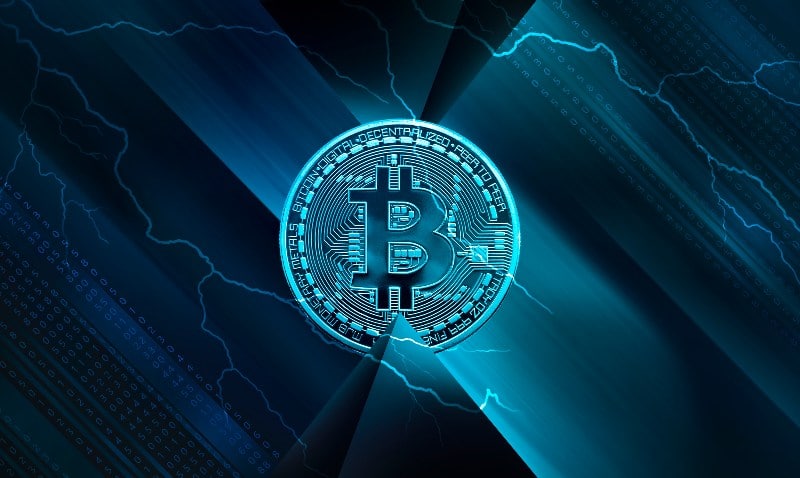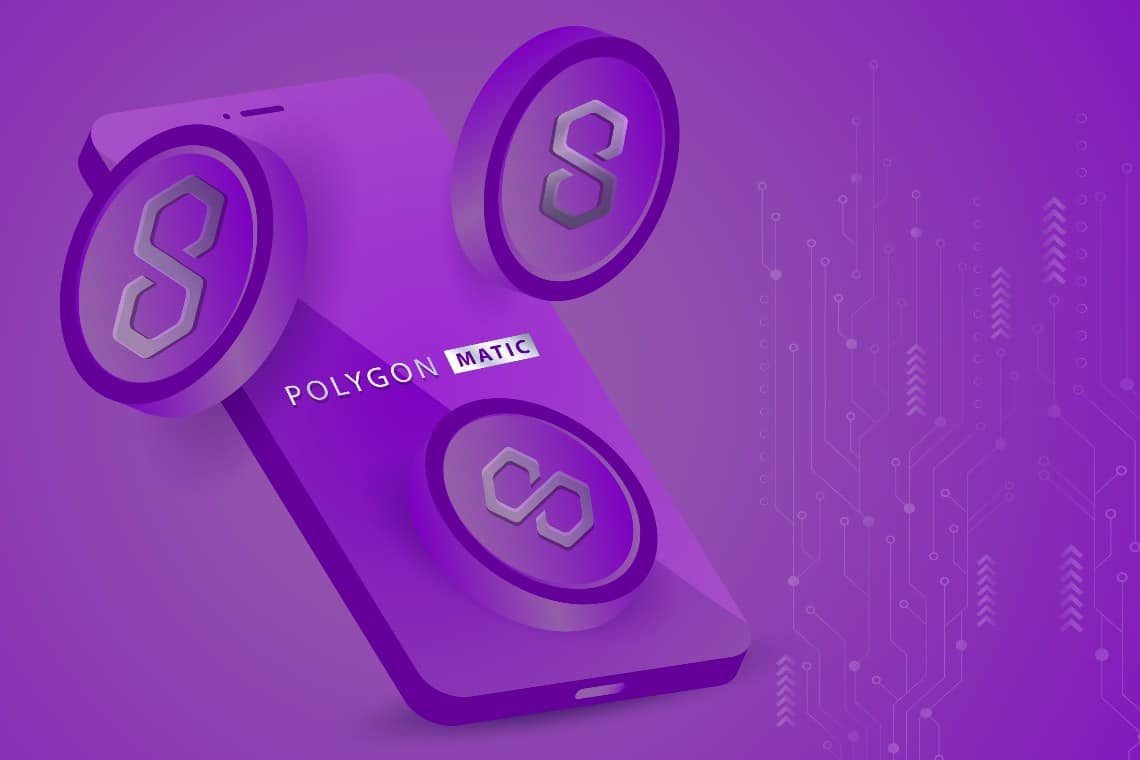2022 could be the year of layer 2s.
Summary
What are layers 2
Layer 2 (L2), or second layers, are those protocols that build on other core protocols (called layer 1, L1) and basically serve to make transactions faster and cheaper.
Lightning Network, the layer 2 of Bitcoin
The most famous and used layer 2 is the Lightning Network (LN), based on the Bitcoin blockchain (its layer 1), and created to make immediate and extremely cheap transactions in BTC.
LN usage exploded in 2021, with channels more than doubling and capacity more than tripling in just one year.
Currently, however, Lightning Network is the only major Layer 2 already widely used, so much so that it is possible to assume that by now, roughly as many transactions are circulating on LN every day as are still being recorded on the Bitcoin blockchain.
In reality, it is not known how many transactions take place on LN since they are not public, but it is sufficient to consider that at the end of 2020, on average, 300,000 transactions were recorded every day on the Bitcoin blockchain with an average fee of about $4, while at the end of 2021 they had dropped to 250,000 with an average fee of $2.
The boom happened mainly thanks to El Salvador, where Bitcoin was declared legal tender, and where a national wallet based just on LN, called Chivo, was distributed to citizens.

L2 on Ethereum
However, on Ethereum in 2021, several layer 2s also began to be used, the most famous of which is Polygon.
Polygon is supported both by the famous wallet MetaMask and the most important marketplace globally for NFT, OpenSea, since it drastically reduces the fees. Suffice it to say that since August 2021, the average cost per transaction on the Ethereum blockchain has never dropped below $15, while at the end of 2020, it was around $4.
Layer 1 and Layer 2 compared
The point is that Layer 2 in itself has a lower level of security than Layer 1, which instead remains the best way to ensure a high level of security if using the main blockchain. So Layer 1s, in fact, cannot go away, but they are slow and expensive.
In such a scenario, the deployment of Layer 2s will only expand.
However, there are layer 1s that are fast and cheap, such as the Tron layer on which most USDT transactions now pass. However, there is still no comparison between the spread of Bitcoin and Ethereum and that of other blockchains.
Thus, Layer 1s consisting of the Bitcoin and Ethereum blockchains will continue to be widely used well into 2022, despite the success of faster and cheaper Layer 1s such as Tron, Binance Smart Chain, Solana, or Terra.
Even Ethereum’s eventual move to Proof-of-Stake is unlikely to reduce fees so much as to make Layer 1 transactions competitive with those on Layer 2.
The incredible diffusion of NFTs, for example, requires very low-cost transactions, i.e., of the order of magnitude of those of Lightning Network, and not that of Layer 1 of Ethereum 2.0 with PoS.
That was confirmed some time ago by Vitalik Buterin himself, who admitted that Layer 2s called “rollups” would be the only real solution in the short and medium-term to make transaction costs on the Ethereum network acceptable for mass use.
The evolution of layer 2 in 2022
So should 2022 see a new increase in the number of users using tokens and cryptocurrencies, Layer 2s will be the only viable solution to allow their wallets to not be drained by fees should they make multiple transactions.
While it is true that Layer 1s with inexpensive transactions are also spreading, as things stand, it seems to be entirely unlikely that these will go on to replace the Bitcoin and Ethereum networks in 2022.




